 Among the many contributors to Among Friends: An Illustrated Oral History of American Book Publishing & Bookselling in the 20th Century, published last fall by Two Trees Press and distributed by Ingram Content Group, is John Evans, co-founder of Lemuria Books in Jackson, Miss. Here we reproduce his contribution, which focuses on the store's history and how, in its early days, its counterculture emphasis, its many first editions and rare books, its deep relationships with local and national writers and booksellers, helped it grow and differentiated it from chain store competition.
Among the many contributors to Among Friends: An Illustrated Oral History of American Book Publishing & Bookselling in the 20th Century, published last fall by Two Trees Press and distributed by Ingram Content Group, is John Evans, co-founder of Lemuria Books in Jackson, Miss. Here we reproduce his contribution, which focuses on the store's history and how, in its early days, its counterculture emphasis, its many first editions and rare books, its deep relationships with local and national writers and booksellers, helped it grow and differentiated it from chain store competition.
In 1975, newly married and naive, my wife, Mel, and I decided to create an alternative bookstore, named after the submerged and forgotten continent of Lemuria, that would foster a counterculture mentality in our community of Jackson, Mississippi. The store occupied a converted apartment on the backside of a small shopping complex. Our balcony faced a swamp, but the tiny Lemuria storefront was nestled between a ladies' dress shop and Poet's, the best music bar and restaurant in town.
Lemuria focused on art, quality fiction, psychology and the occult. Our selection grew out of the reference list in Ram Dass's Be Here Now, The Whole Earth Catalog and other catalogs like DeVorss and Co. and The Yes! Bookstore. We pooled $8,000 to buy our opening inventory and spent $2,000 to convert the apartment into a second-floor bookstore that felt more like someone's home. We built our own bookshelves and painted the space yellow.
We were not selling many books so I began waiting tables in the bar next door and grew sprouts in our third-floor bathtub. During those first two years, we discovered new books and new readers. Soon, an Earth Shoes store, a vegetarian restaurant and other counterculture businesses opened around us. With Lemuria's poetry readings, wet T-shirt contests (!) hyped by the local radio station, live music and happy hours, the space grew into a happening scene.
In 1977, with savings of around $25,000, we moved the store to a high-end, open-air retail center designed to compete with the largest mall in Mississippi, which housed three national book chains. The move tripled our space to 1,200 square feet. I worked the store by myself the first Christmas, but by March 1978, I was so exhausted that I finally hired my first bookseller, Tom Gerald.
Tom and I became interested in developing a first-edition inventory as our main sideline, combining new and collectible books to make our inventory distinct and interesting. We added a glass-front bookcase and filled our tiny back room with first editions. I studied Bookman's Weekly at night and wrote other bookstores for their catalogs of rare books. As the complexity of our inventory increased, local authors began to take interest in our work.
The following year, Tom and I discovered a great young bookseller in 19-year-old Valerie Walley and created a system which remains the business model of Lemuria today. In 1980, Eudora Welty's Collected Stories came out, and we bought 500 copies and 50 limited editions. We then issued our first rare book catalog with a drawing by Tom of Miss Welty on the cover.
A few years later, Welty's One Writer's Beginnings, of which we bought 1,250 copies, was published by Harvard University Press, and our launch drove Miss Welty into mainstream readership, landing her on the New York Times bestseller list for more than a year. Meanwhile another mall with three more chain bookstores opened about ten minutes away. We were surrounded, but with the help of great writer friends and a growing group of readers, we persevered and began to outgrow our physical space.
Miss Welty introduced us to Walker Percy, Elizabeth Spencer, Reynolds Price and Richard Wilbur. Lawrence Ferlinghetti also visited Lemuria in our early days. The poet, master bookseller and publisher lent us his kind support, and later mailed us a piece of grass from Walt Whitman's grave which still hangs, framed, among Lemuria's bookshelves.
In 1980, I splurged on a print of the famous Ernest Hemingway photo by Yousuf Karsh, which hangs over our signing booth. We also issued an image of an Art Deco mermaid holding up a book from the ruins of Lemuria, which was still under water since we were not yet making a profit. After the next Christmas, with all the bills paid and money in the bank, we bought a print of the William Faulkner photograph by Henri Cartier-Bresson. It hangs next to Hemingway near a lovely photo of Eudora Welty given to us by the great rare bookseller Ralph Sipper of Joseph The Provider/Books in San Francisco.
Around 1984, I started designing a new Lemuria. I negotiated a short-term lease and aimed to move by spring 1988. We joined a partnership to build a three-story shopping hall across the interstate from our present parking lot, allowing me to show our customers exactly where we would be moving. It took three years to design and build Banner Hall. The new Lemuria was on the second floor in the back of the hall. We adapted a modern Art Deco style and designed a 600-square-foot children's store, which we named Oz, a 400-square-foot first editions room and a signing booth which would allow us to manage traffic flow while hosting big signings.
At last, we moved into our 3,500-square-foot bookstore and opened on April Fool's Day in 1988. Jim Harrison came to Jackson. We quickly sold more than 500 copies of his new novel, Dalva, and did a book signing. Miss Welty published Photographs a year later, selling 1,000 copies. Lemuria's friendship with Knopf grew as Sonny Mehta took an interest in our work and included Mississippi on many of his authors' tour schedules. We hosted the national opening for Donna Tartt's The Secret History, which sold 1,000 copies.
We settled into our new digs before the superstores came to town. Our first editions business grew as our collection grew, due to so many authors visiting and signing their new and earlier titles. All the while, our bond with our soul brother Richard Howorth of Square Books in Oxford, Mississippi, became stronger, turning the state into a literary mecca.
Around 1990, John Grisham teamed up with us as he was making his name nationally. His books got people in Mississippi reading like none before or since, and new readers visited Mississippi bookstores. As the superstores came to Jackson and the mall bookstores remained strong, John worked relentlessly to support our bookstore. Fueled by Grisham readers, Lemuria built up a local mystery following in the 1980s and '90s. The mystery genre grew our brand as a fiction bookstore.
We also established a signed monthly first editions subscription in 1993, with a reading by Willie Morris for his new book, New York Days, on the release date. That week, it was on the front page of the New York Times Book Review with an image of Willie, their first color author photo.
Those seven years of the First Editions Club showcased our brand and differentiated us from competing chain bookstores and the ever-growing Amazon. We computerized our inventory in 1995 and began laying the groundwork for an e-mail newsletter and website. With the First Editions Club as our masthead, we ventured into 2000 and beyond.
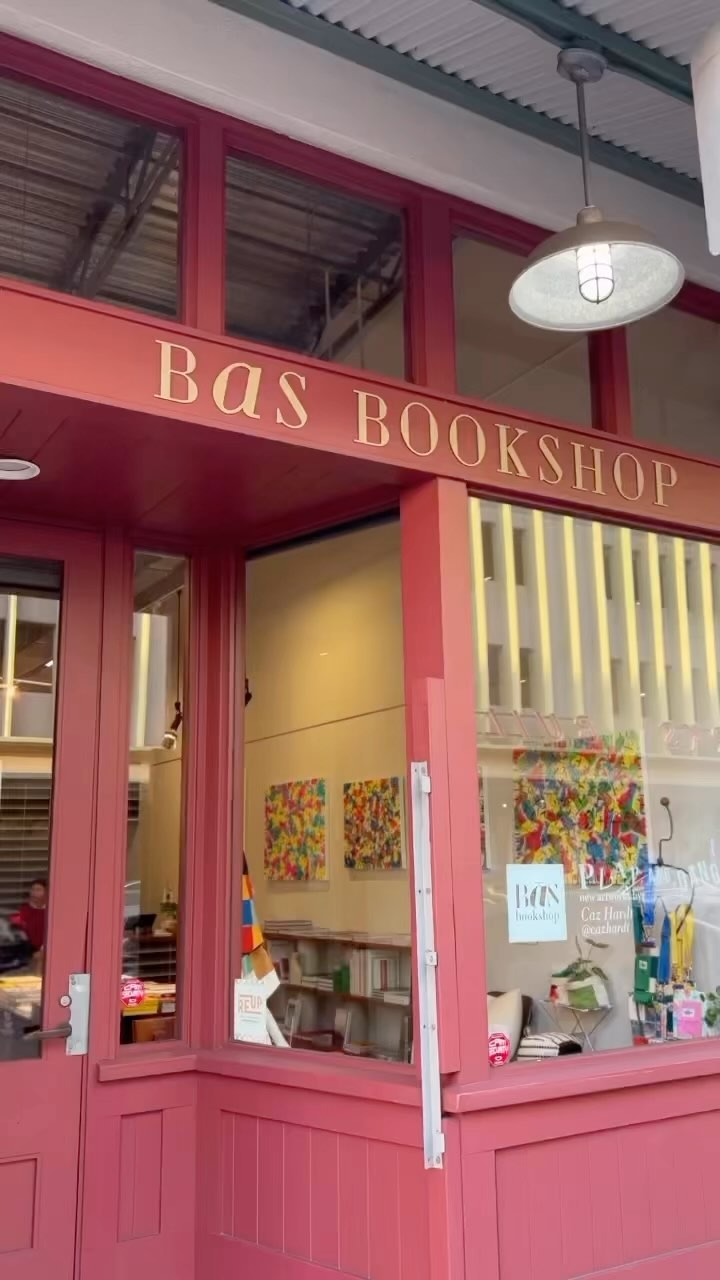 Bās Bookshop, Honolulu, Hawaii, will close March 16. In a letter to the shop's "book loving family & friends," co-owners Aly Ishikuni and Travis Sasaki announced their decision "with great sadness," expressing gratitude "for appreciating our curation and collection of design and culture focused titles since our opening in 2020. We hope Bās has been able to inspire and expand the minds of those who turned the pages of our books.
Bās Bookshop, Honolulu, Hawaii, will close March 16. In a letter to the shop's "book loving family & friends," co-owners Aly Ishikuni and Travis Sasaki announced their decision "with great sadness," expressing gratitude "for appreciating our curation and collection of design and culture focused titles since our opening in 2020. We hope Bās has been able to inspire and expand the minds of those who turned the pages of our books.


SHELFAWARENESS.1222.S1.BESTADSWEBINAR.gif)


SHELFAWARENESS.1222.T1.BESTADSWEBINAR.gif)
 On Monday, March 4, at 1 p.m. Eastern, registration opens for the
On Monday, March 4, at 1 p.m. Eastern, registration opens for the 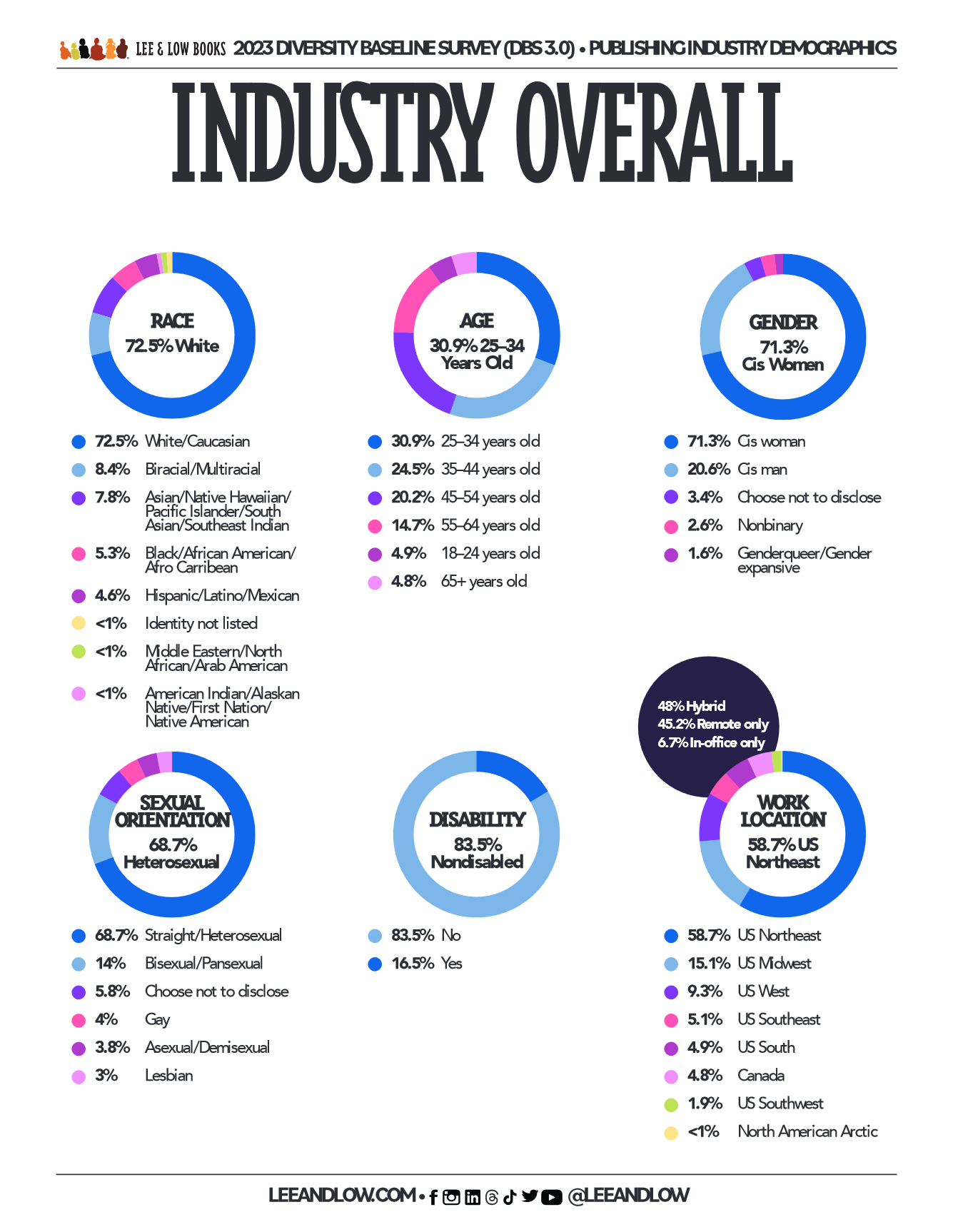 Lee & Low Books, along with co-authors Laura M. Jiménez, Betsy Beckert, Rory Polera, and Jacke C. Dietiker, have published the results of the
Lee & Low Books, along with co-authors Laura M. Jiménez, Betsy Beckert, Rory Polera, and Jacke C. Dietiker, have published the results of the 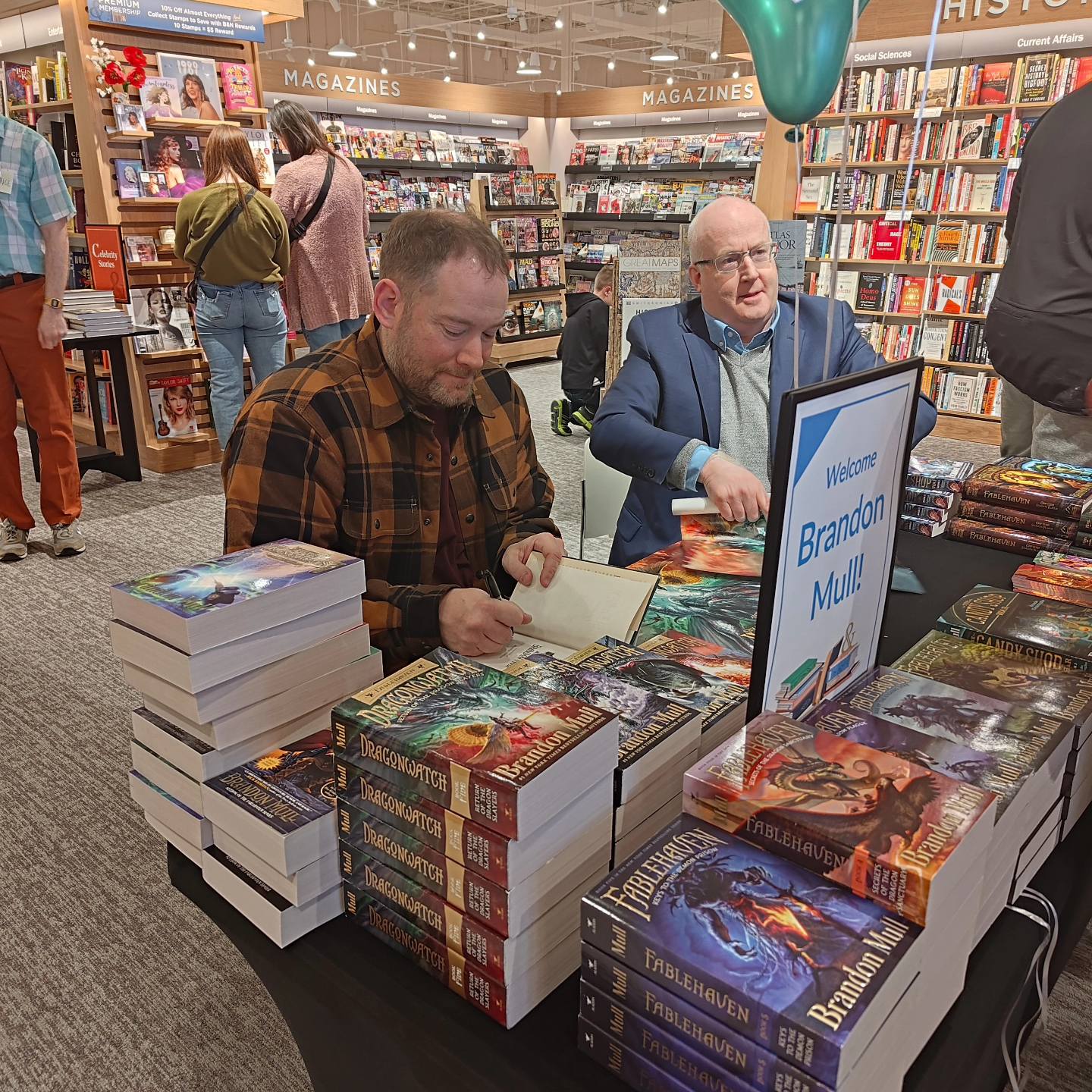
 Politics and Prose has relocated its branch at Union Market District in Washington, D.C., expanding into a 3,600-square-foot space that is situated among many shops and restaurants.
Politics and Prose has relocated its branch at Union Market District in Washington, D.C., expanding into a 3,600-square-foot space that is situated among many shops and restaurants. 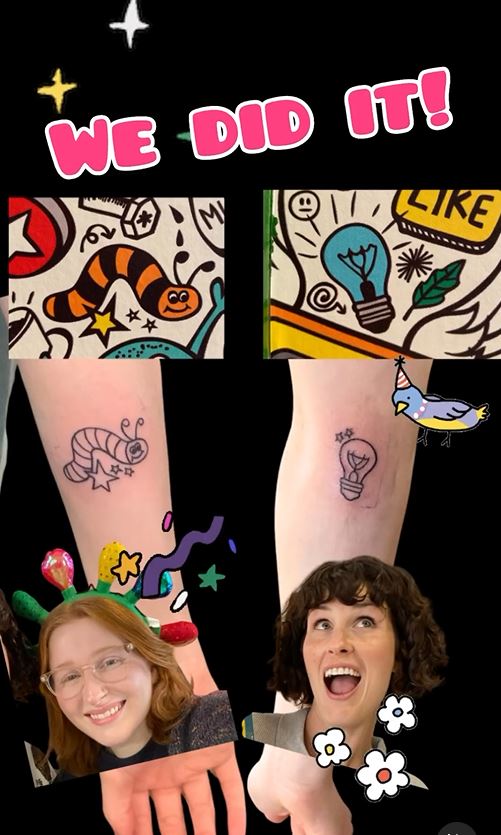 Posted on Instagram by
Posted on Instagram by 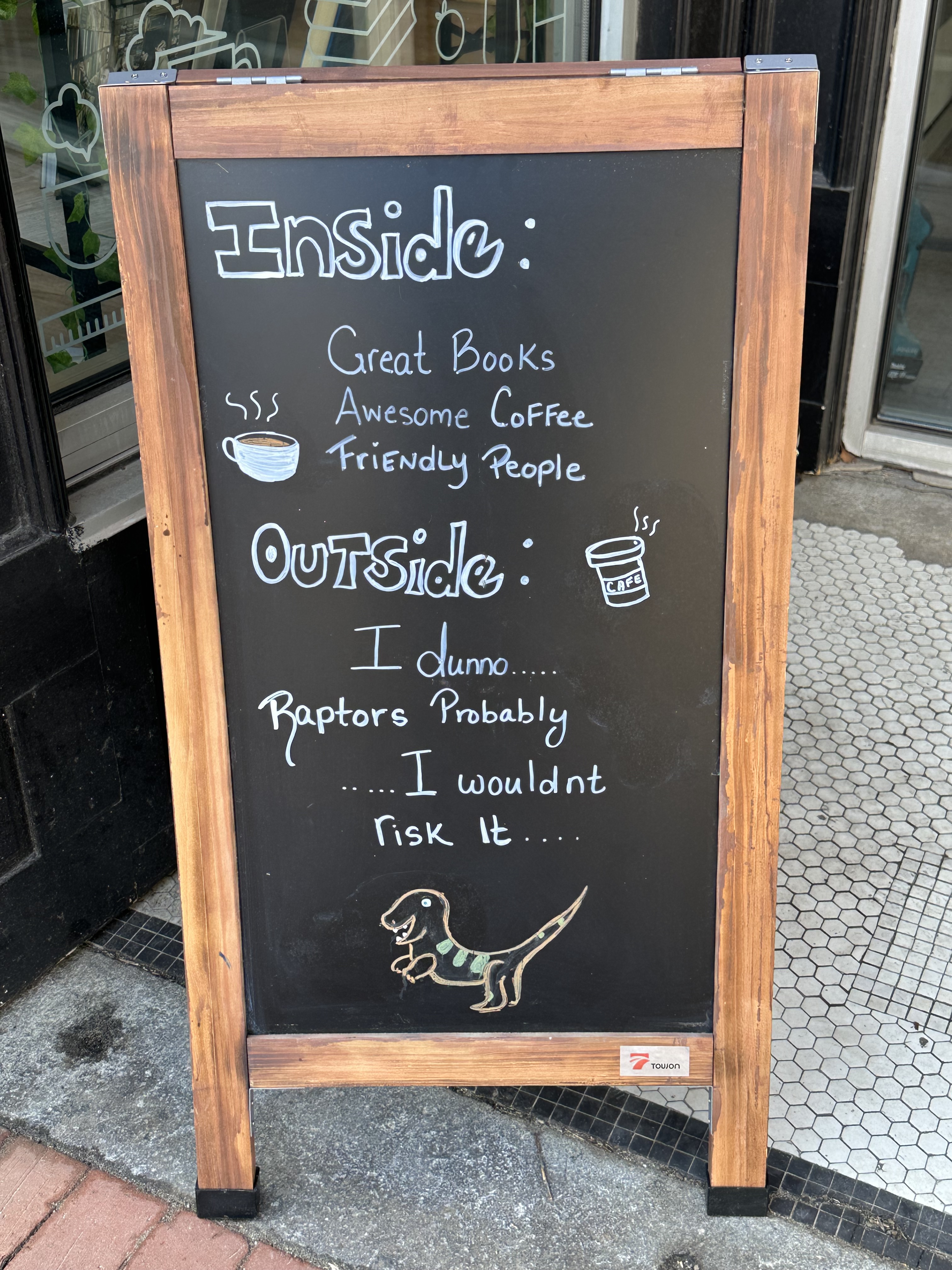 Found outside
Found outside 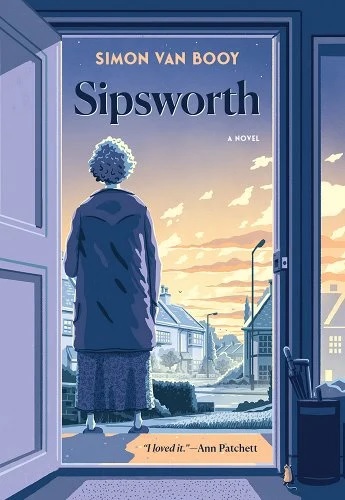 Simon Van Booy's Sipsworth is a delightfully funny, poignant, surprising novel about an octogenarian widow who has all but given up when she finds an unusual reason to reinvest in life. The story takes place over two weeks, in private spaces, and features events that on the surface appear small in scale, but have far-ranging consequences and meaning for its human and nonhuman protagonists, with whom readers cannot help but fall in love.
Simon Van Booy's Sipsworth is a delightfully funny, poignant, surprising novel about an octogenarian widow who has all but given up when she finds an unusual reason to reinvest in life. The story takes place over two weeks, in private spaces, and features events that on the surface appear small in scale, but have far-ranging consequences and meaning for its human and nonhuman protagonists, with whom readers cannot help but fall in love.
 Among the many contributors to
Among the many contributors to